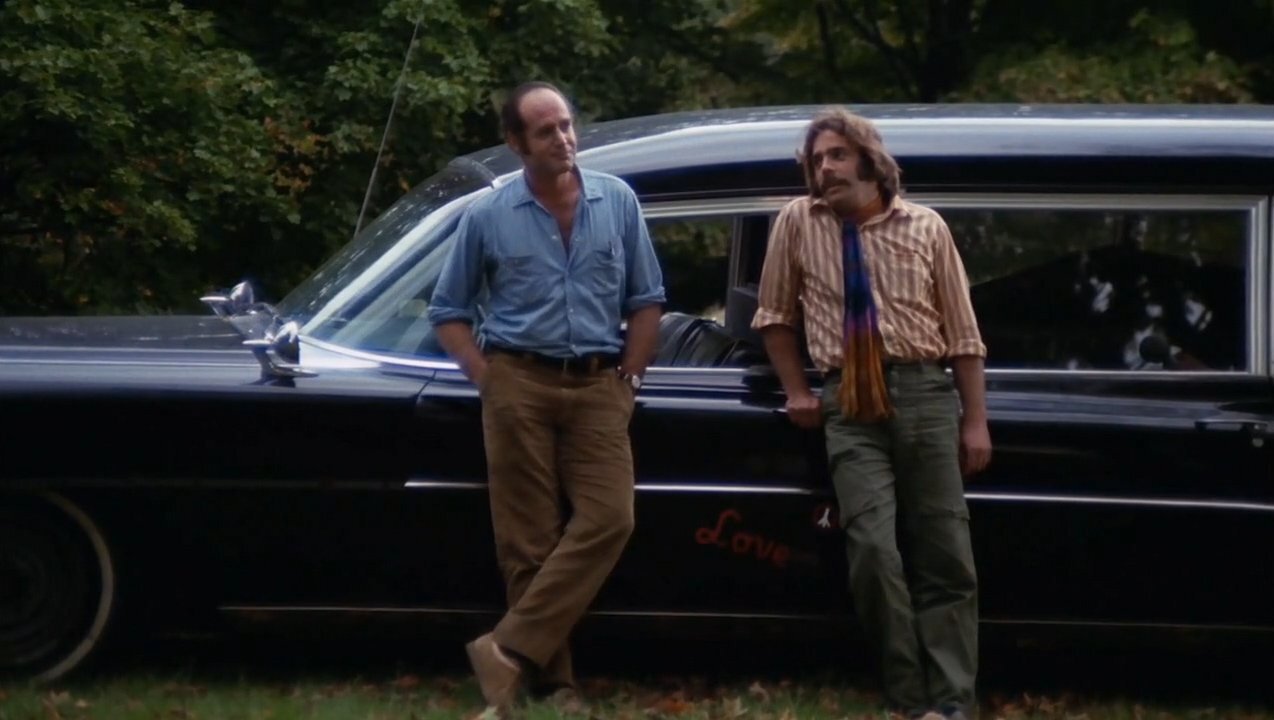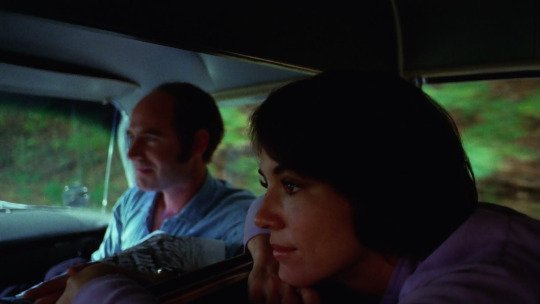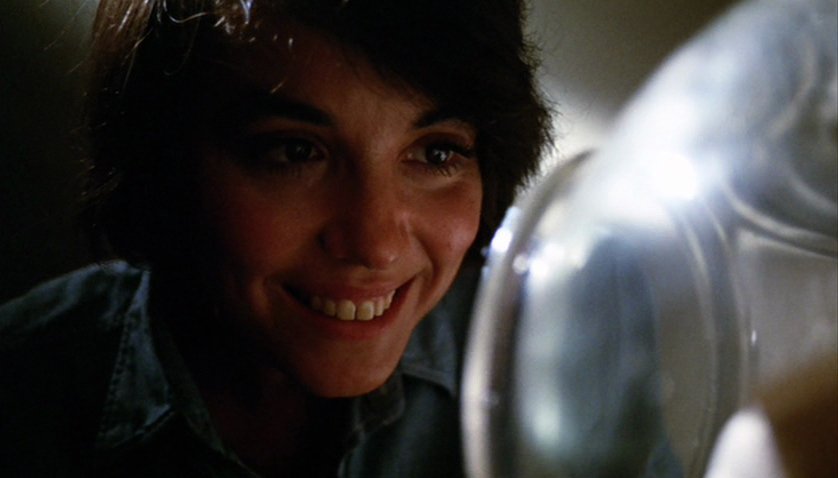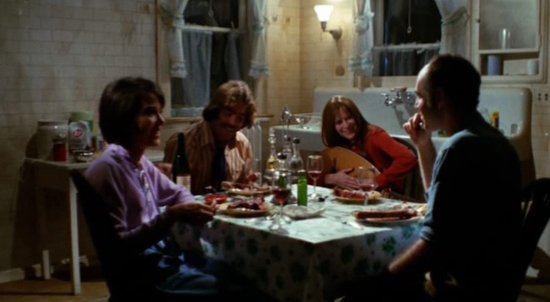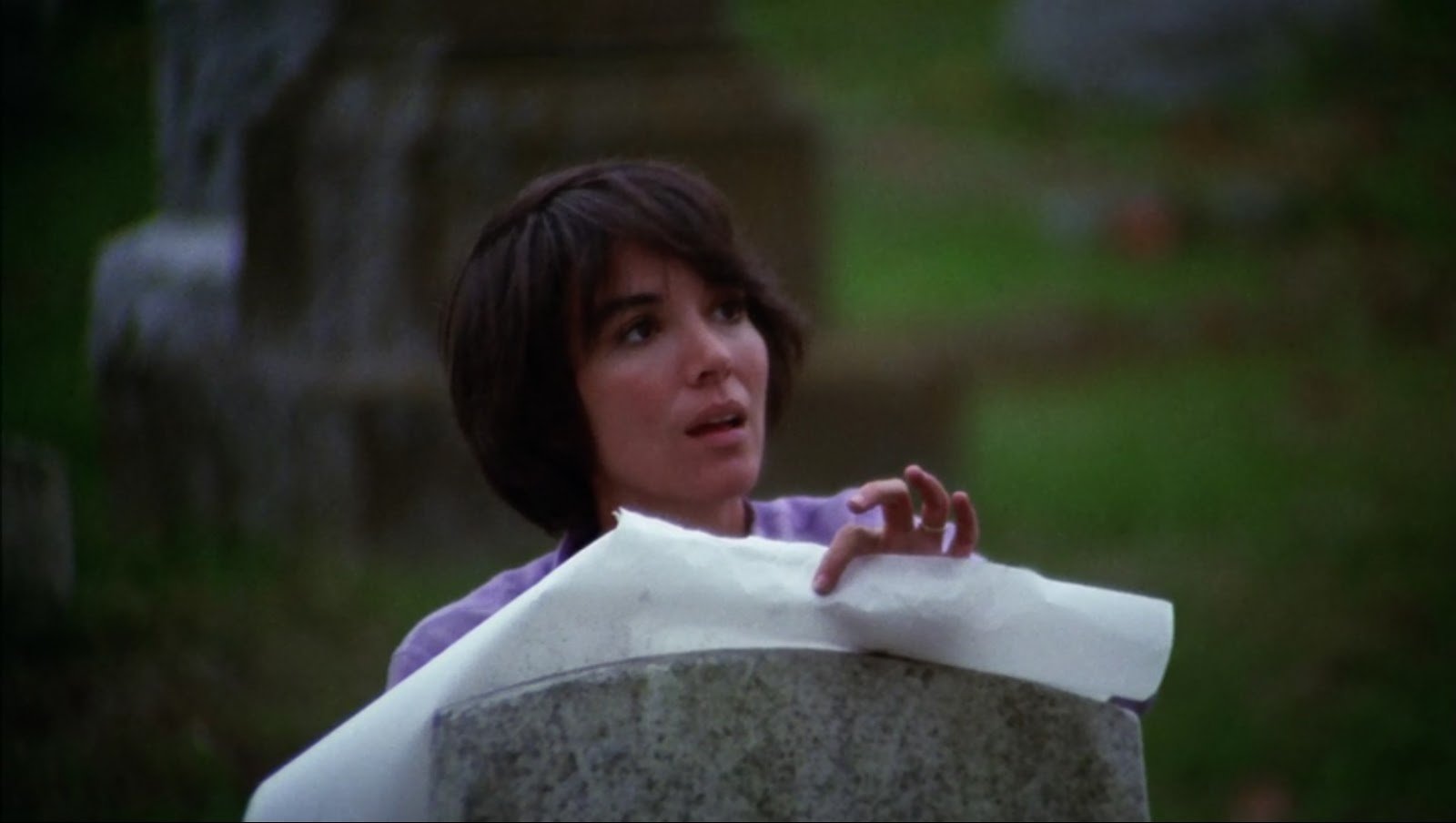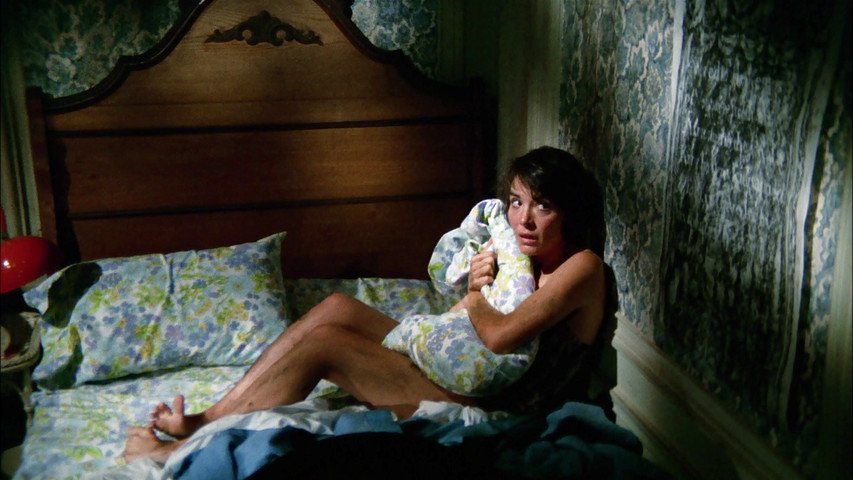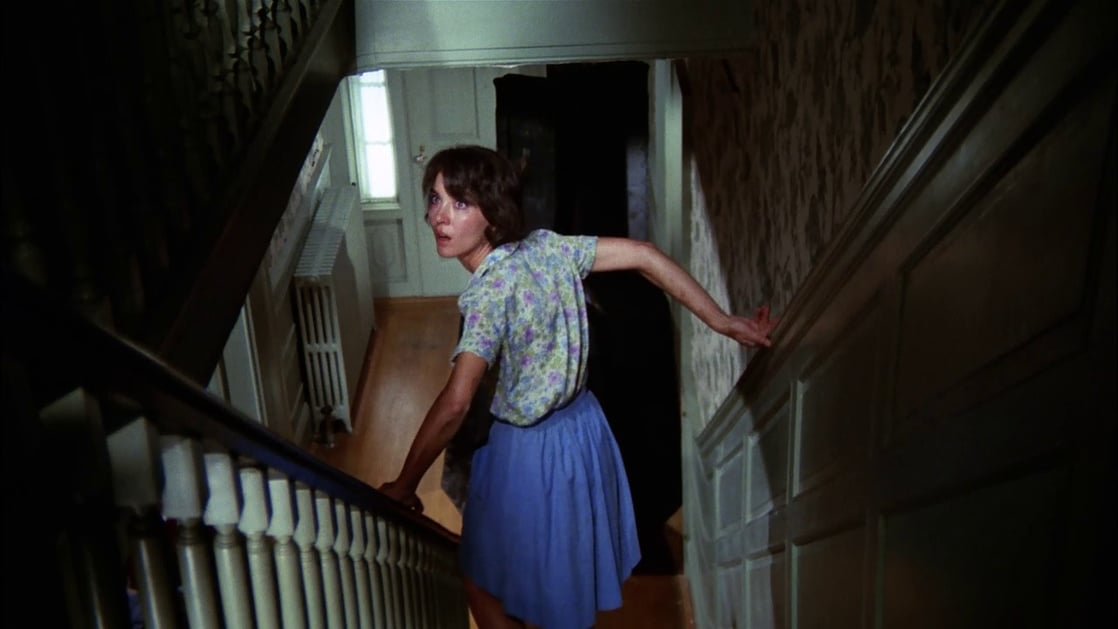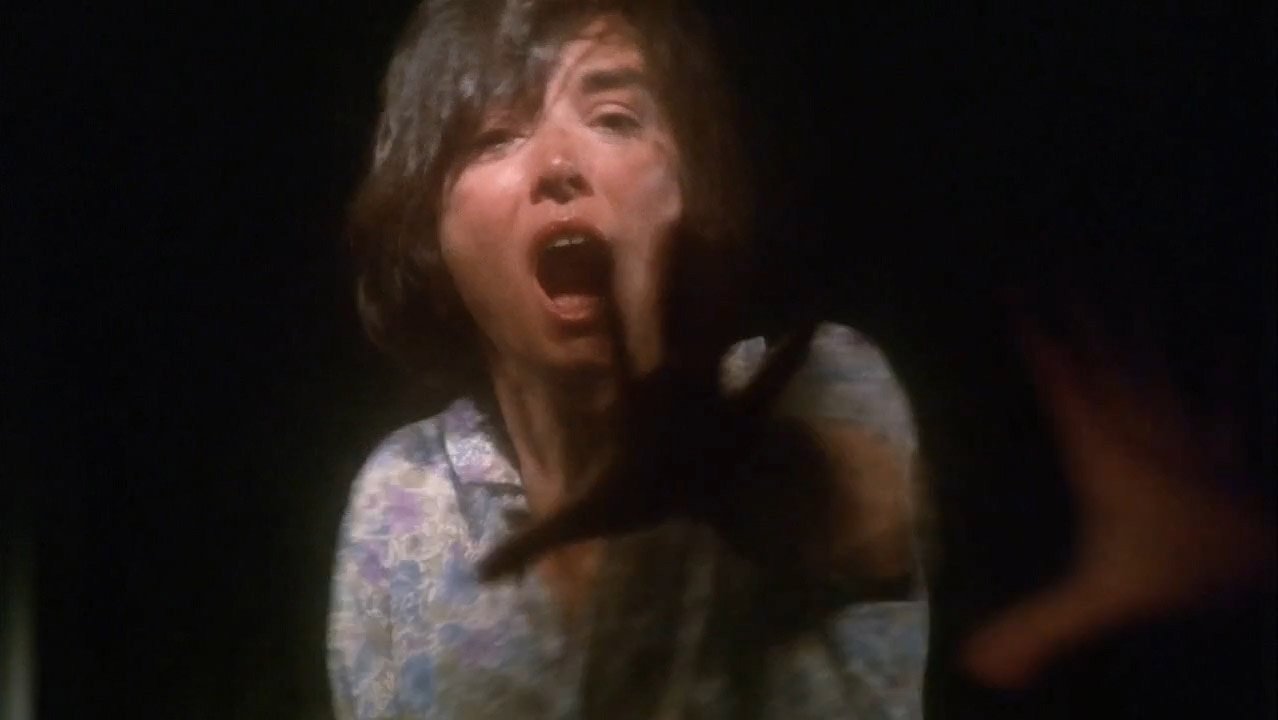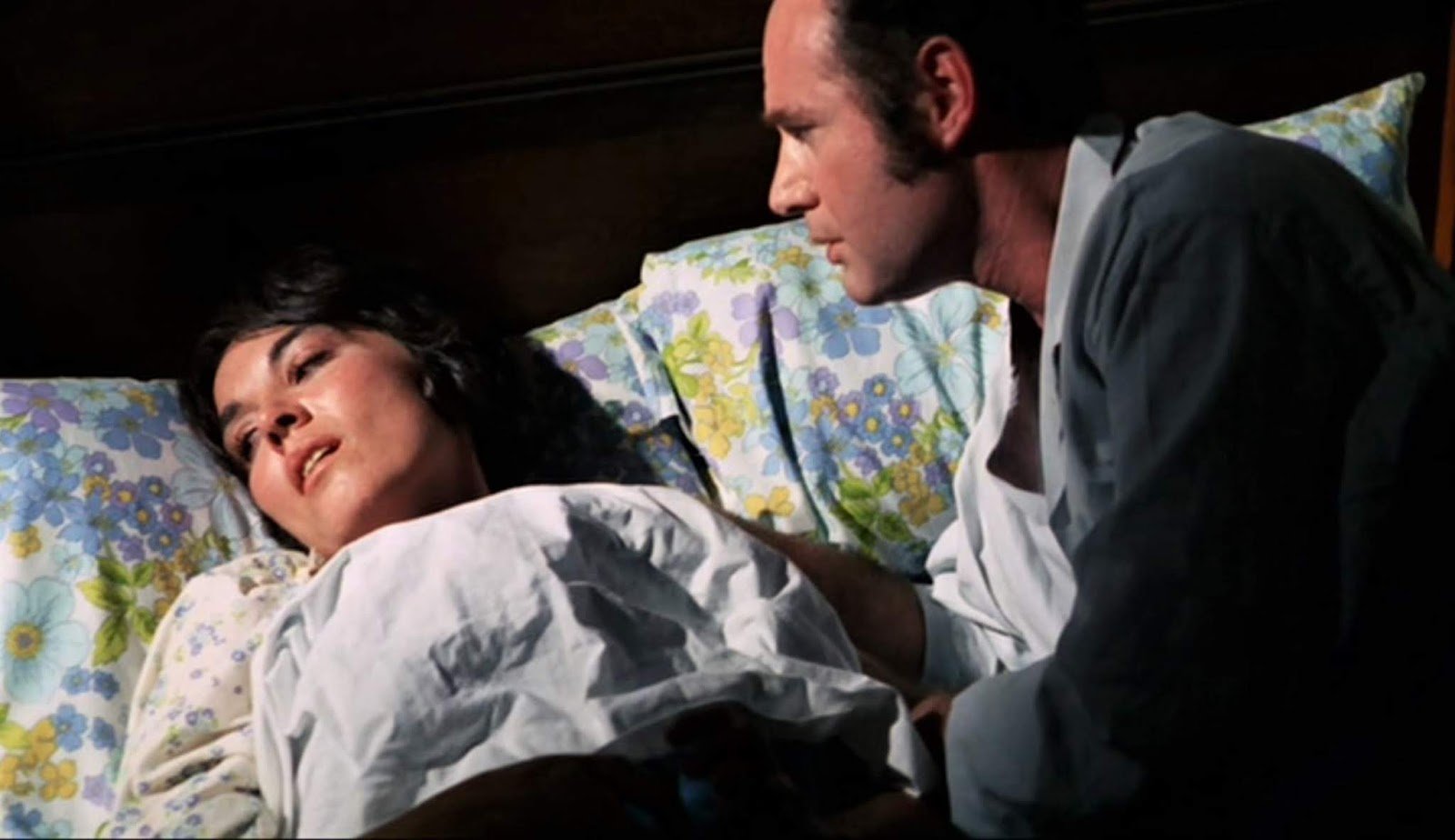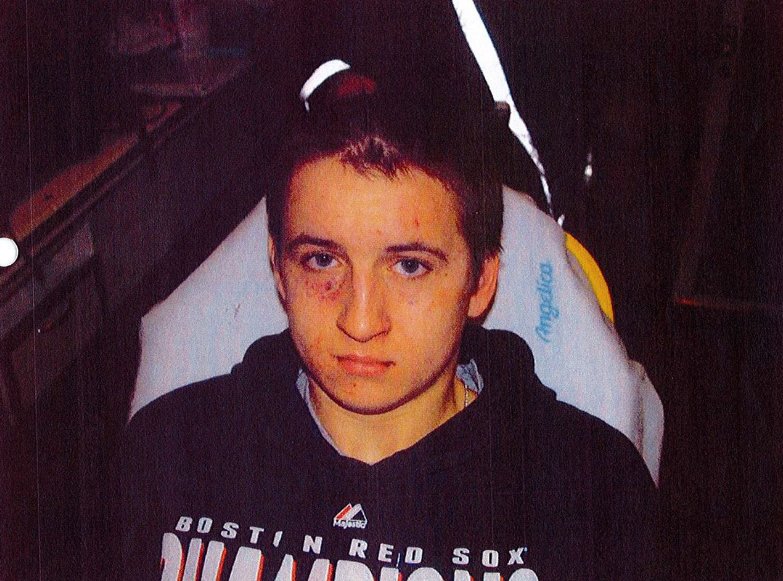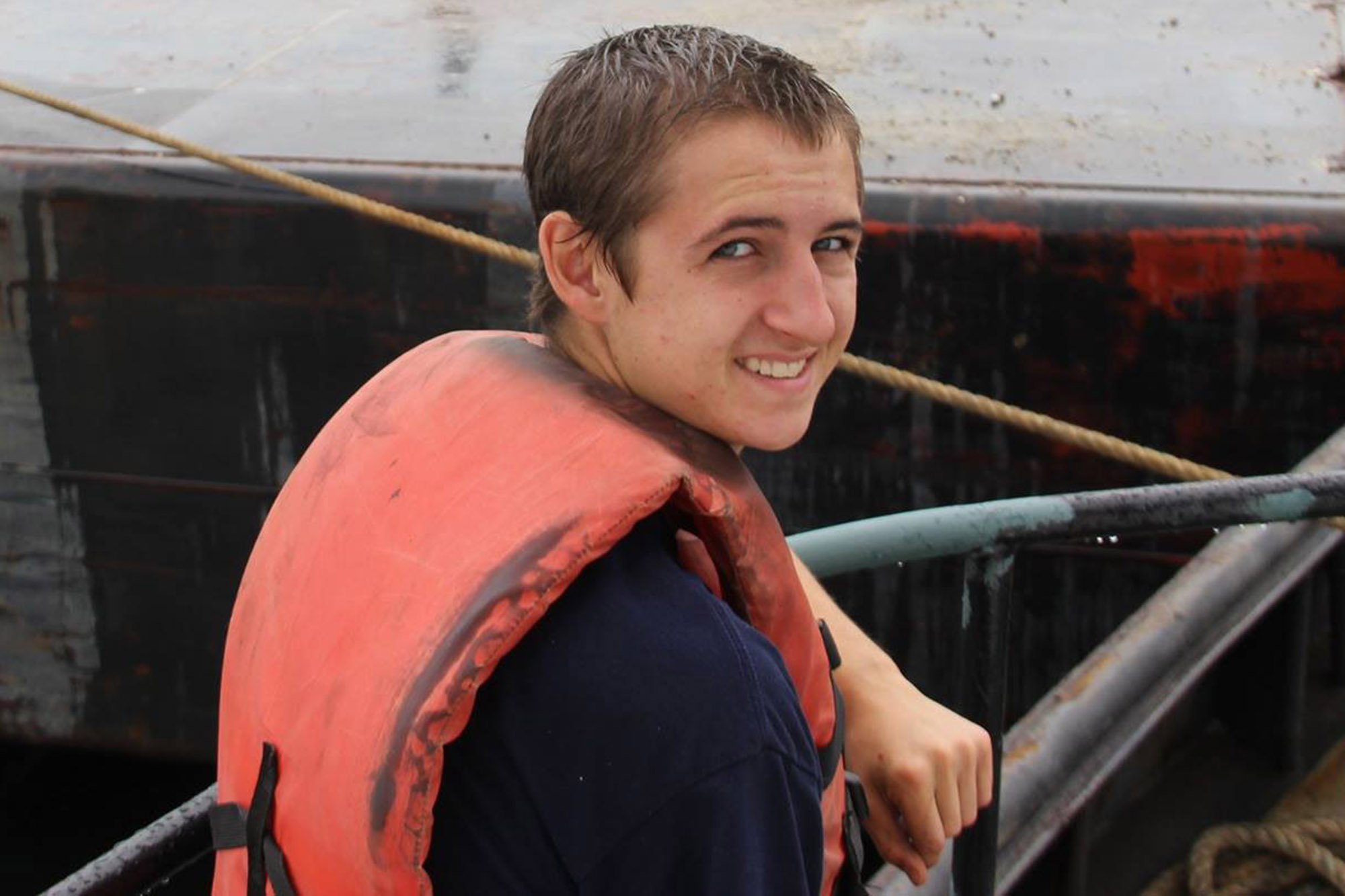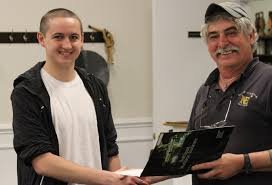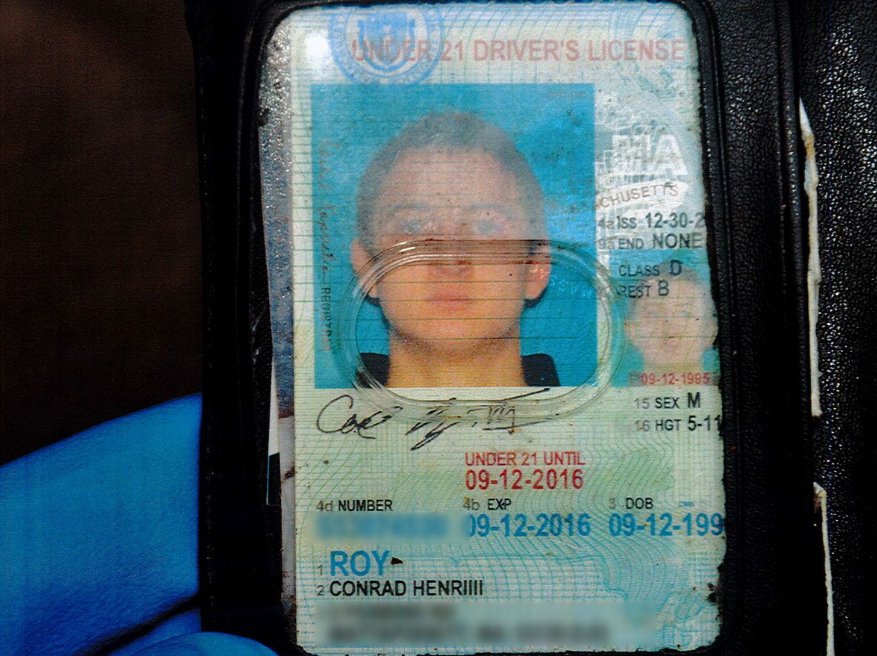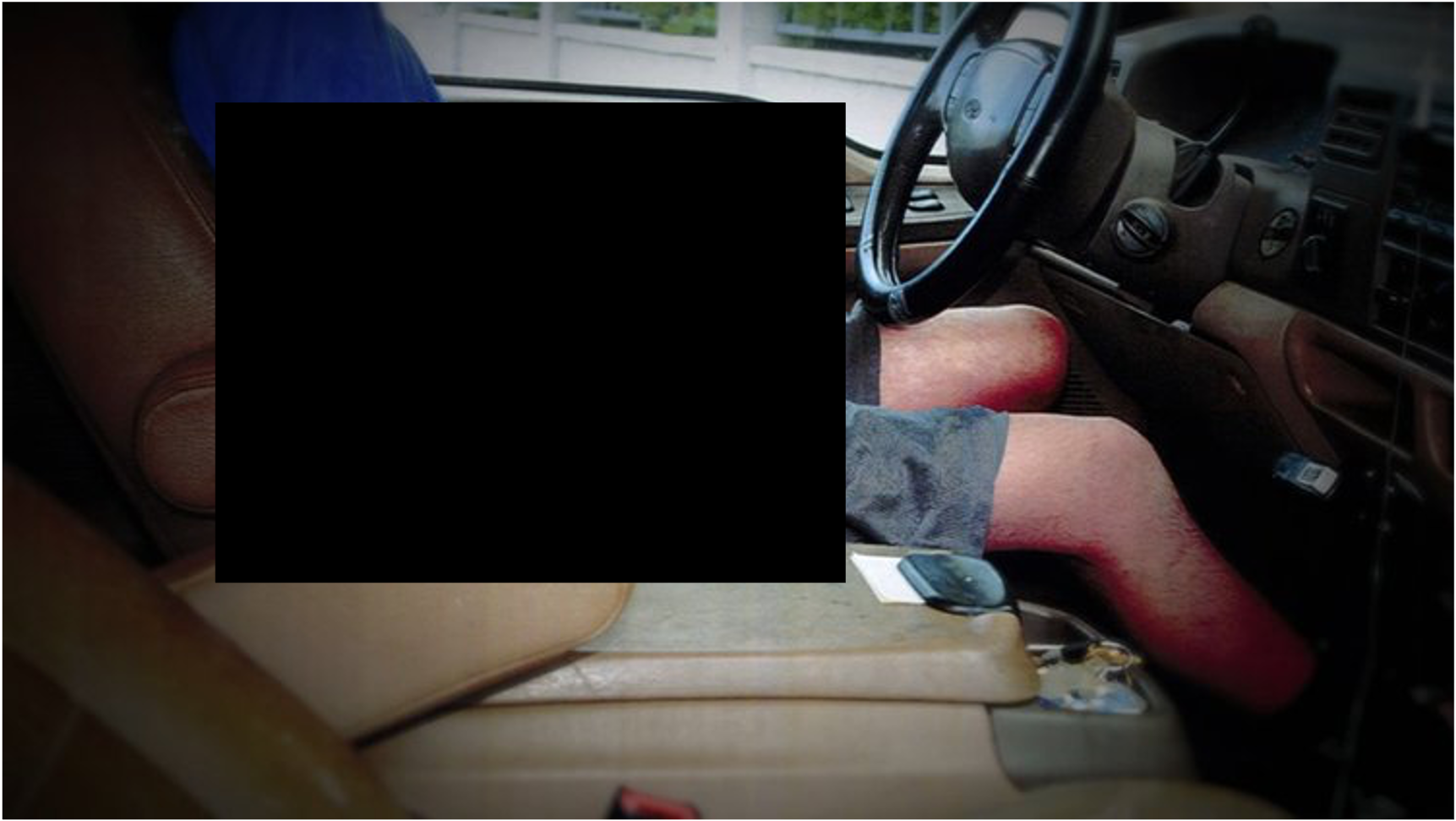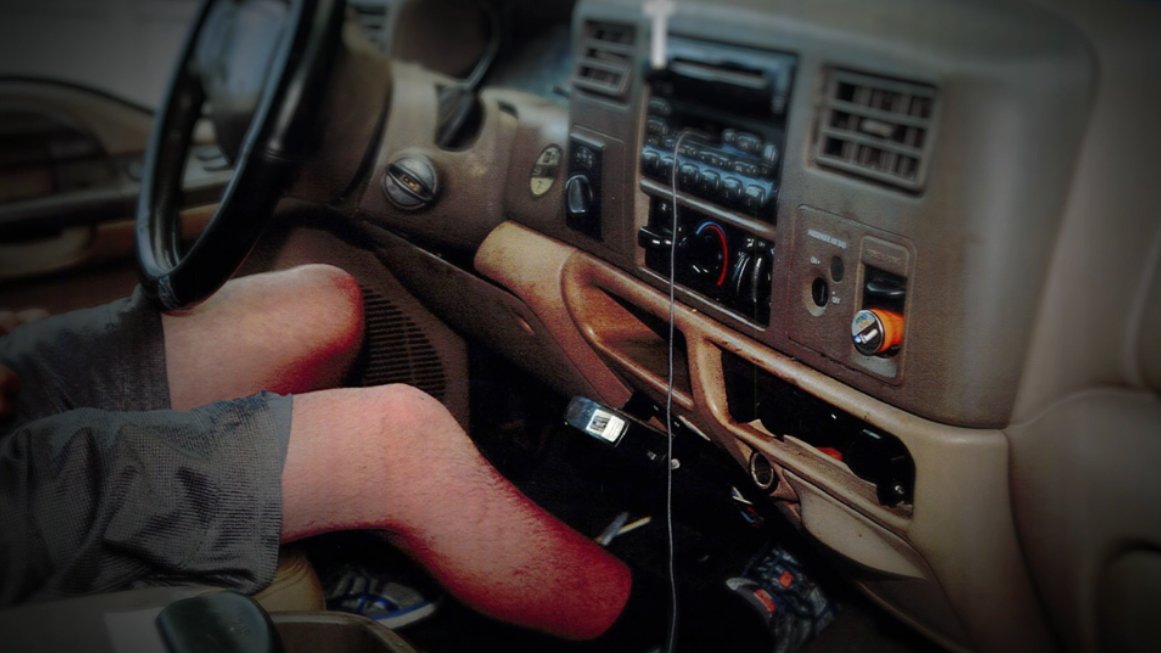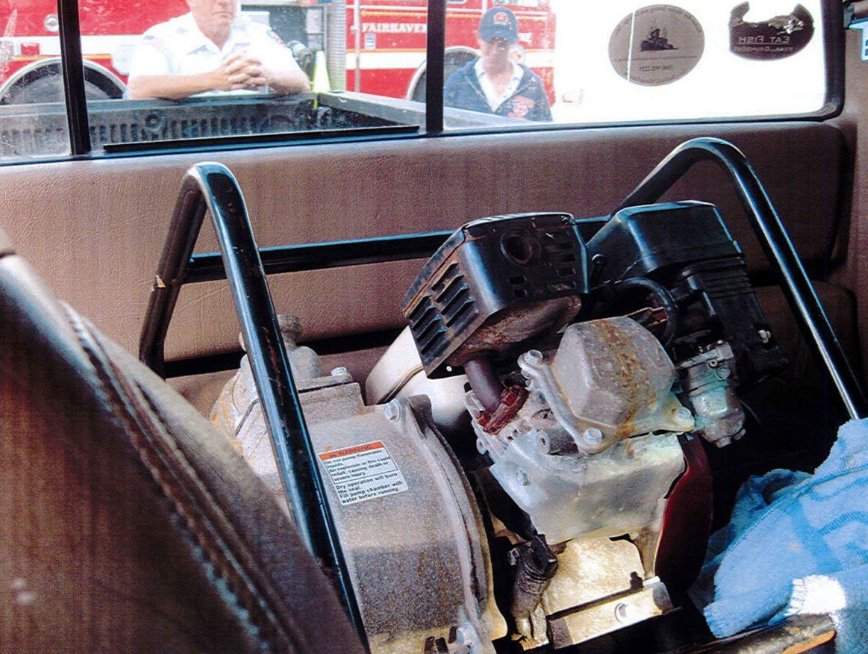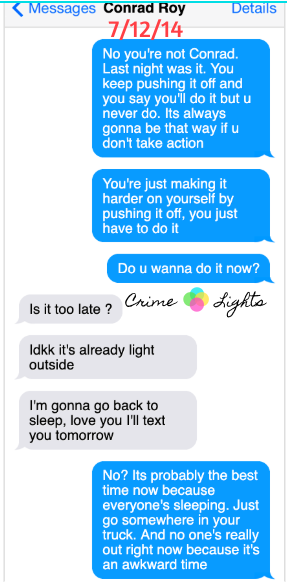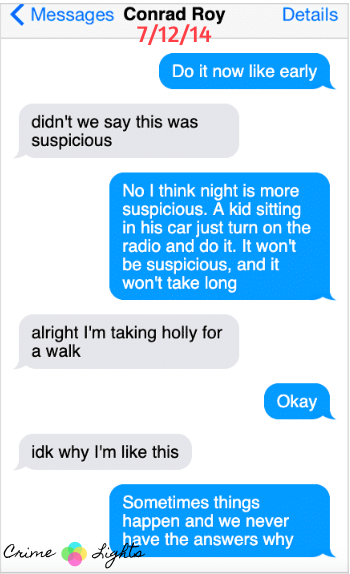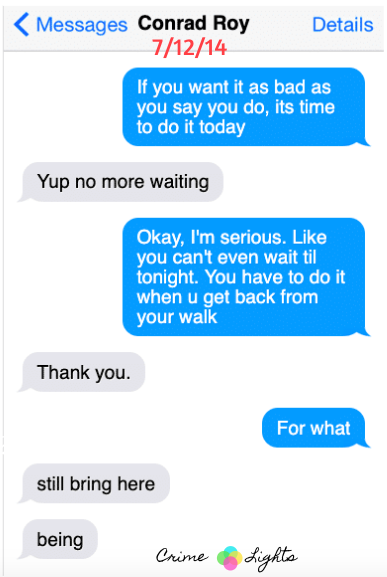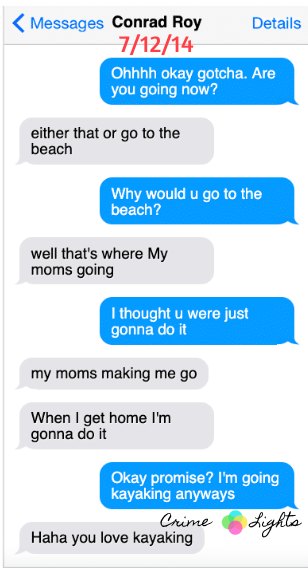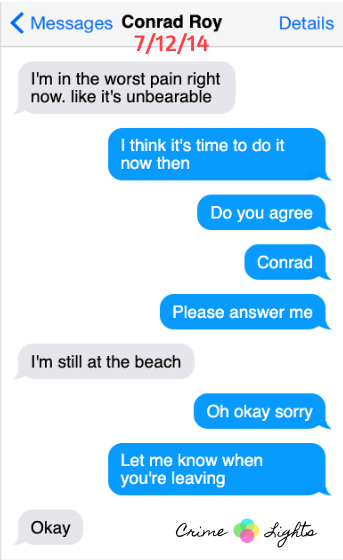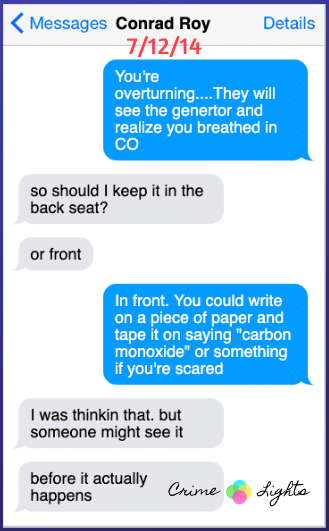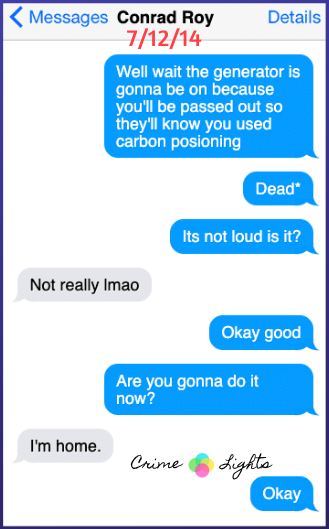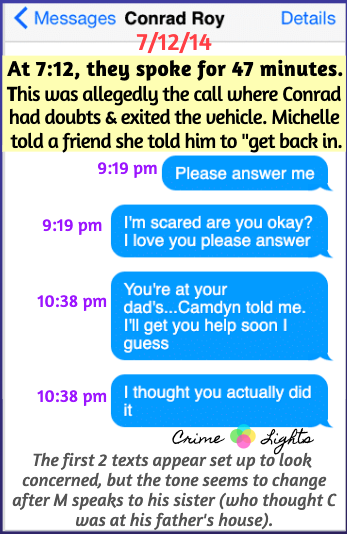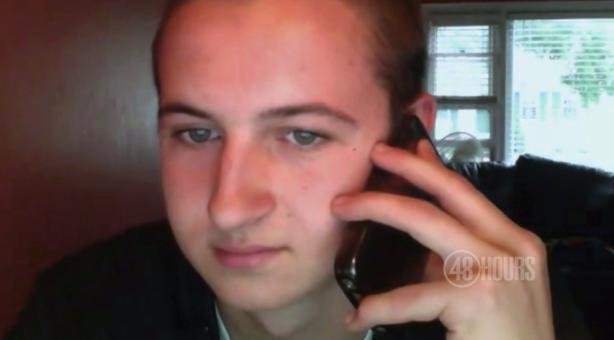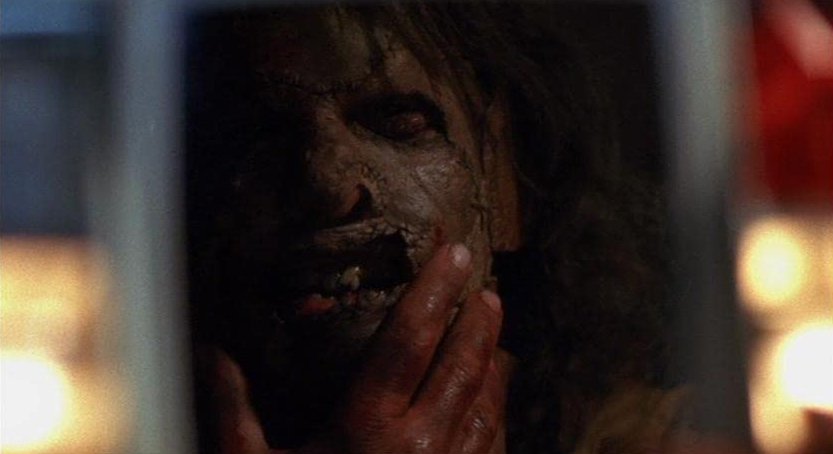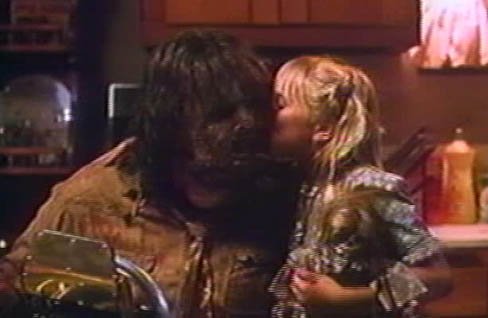“I sit here and I can't believe that it happened. And yet I have to believe it. Dreams or nightmares? Madness or sanity? I don't know which is which.” –Jessica
Jessica and her husband, Duncan, along with their friend, Woody, move from the city to the countryside to start over after a big life-changing event, her institutionalization. Jessica has recently been released from a six-month stay at a mental hospital and is happy to be free again, ready for a fresh start thanks to the support of her loving husband and encouraging friend.
There is something else you should know about Jessica. She is playful, joyful, curious, and a kind person, so much so that when they first arrive to their new farmhouse they are surprised by a drifter who has been crashing at their property, and sweet Jessica asks her to stay for dinner and leave in the morning, when they can give her a ride into town.
Things did not stay great for long as Jessica started having visions of a woman in white, and even though she was alarmed that her condition might have returned, she remained calm and did her best at acting as if nothing was wrong and kept thinking to herself over and over, “Don't tell them. Act normal.”
But one can only fake it for so long. Right?
When Jessica could no longer keep up appearances she unraveled to the point that her husband asked her if she wanted to go back to the hospital, mind you, by this time he had been gaslighting her and having an affair with the drifter who, due to Jessica’s generosity, was now living with them at the farmhouse.
A lot of crappy stuff happened to Jessica but do not worry, I am *not* going to spoil it here for you as I believe it is important that you, yourself, watch the movie and observe said crappy stuff as it develops, little by little, so you can determine if it was real or not, supernatural or not, if Jessica experienced it in her head or in real life, if there is hope in her future or if her gloomy destiny has been set in stone.
Now, if you would allow me, I’d like to share with you the many reasons why I fell in love with LET’S SCARE JESSICA TO DEATH (1971):
Because mental illness was at the forefront of the story, whilst not being the reason why all hell broke loose/ Because we had insight into Jessica’s destructive inner dialogue during stressful situations via voice-overs, plus, her voice was soft and calm which made it a little bit more unnerving to listen to (imagine someone telling you they love you, imagine their caring tone of voice, their warmth, then imagine the words they are using are violent, something like, “Go ahead, kill yourself, you know there is no point.”)/ Because we could see as Jessica struggled how she forced herself to appear normal, to carry on conversations, to laugh on cue, to be polite, to be pleasant, to be her old self (this made me feel so much compassion for her, like, damn, I had to remind myself it was just a movie lol)/ Because as she got scared, while not being sure if the thing was real or not, she pretended not being bothered, even as her lower lip quivered and her eyes looked down sheepishly/ Because when the drifter woman made aggressive passes at her while swimming in the cove, she reacted in a physical way that made it feel too real (seriously, it triggered me!) with her automatic politeness deflecting the immediate danger of the situation, like the prey sweet-talking the predator as a way of survival/ Because when Jessica let herself break down she retreated into a smaller state, as in, her body looked more frail, thinner even, too soft, too fragile/ Because of the way the real and unreal elements developed making Jessica doubt if it was true or not, then taking it back and changing her mind making us feel dizzy with her because we were seeing what she was seeing and it was confusing/ Also, the juxtaposition at the beginning of the film with the hearse, the stop at the cemetery, with Jessica exiting the vehicle from the back exposing a coffin-like cello case, all symbolizing death and end and sorrow, while at the same time having the characters externalizing how great and happy this new start was for them, especially for Jessica.
“For the first time in months, I’m free. Forget the doctors. Forget that place. I’m okay now. We’ll start over.” -Jessica
In Love and Fear,
-Marath
© 2016-2022


